Cats, mysterious and often misunderstood companions, possess a rich repertoire of communication methods that extend beyond their vocalizations. Unlike humans, who rely heavily on words, cats use an intricate array of silent signals to express their feelings and needs. Understanding these signals can enhance our bond with these enigmatic creatures and improve our ability to care for them.
The Importance of Body Language
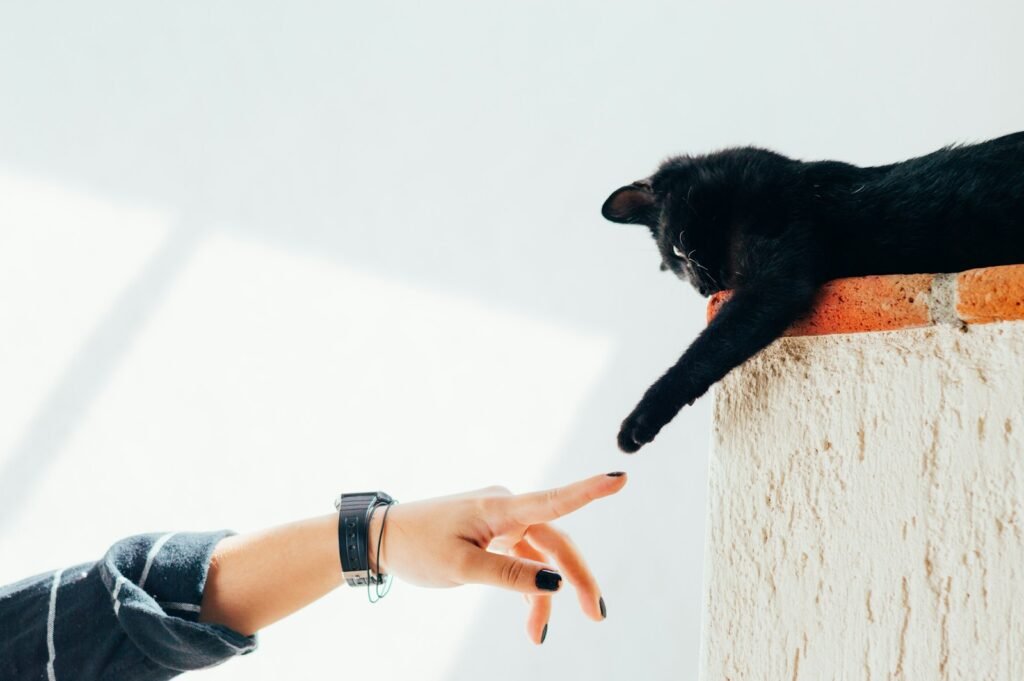
Body language serves as a primary mode of communication for cats. It allows them to convey subtle messages without uttering a sound. Cats rely on posture, movements, and gestures to express a wide range of emotions, such as contentment, fear, aggression, and affection.
The Subtle Art of Tail Talk
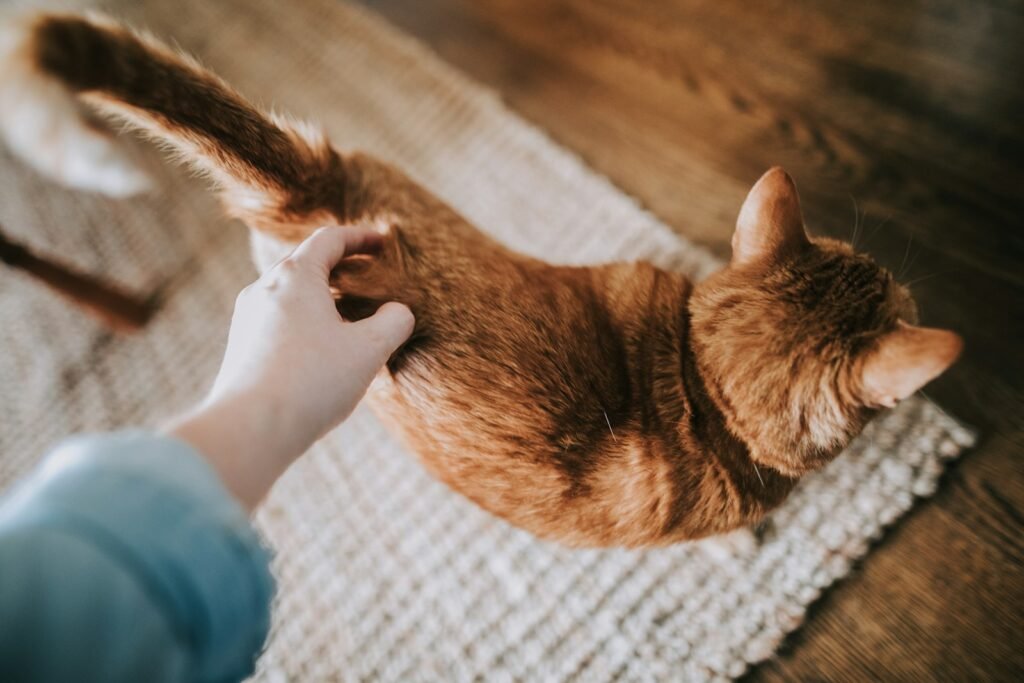
The tail is a versatile tool in a cat’s communication kit. A cat’s tail can tell us everything from their excitement to their anxiety level. A straight-up tail often signals happiness and confidence, while a puffed-up tail indicates fear or agitation. Observing tail movements can provide valuable insights into a cat’s current state of mind.
Ears: The Emotional Indicators
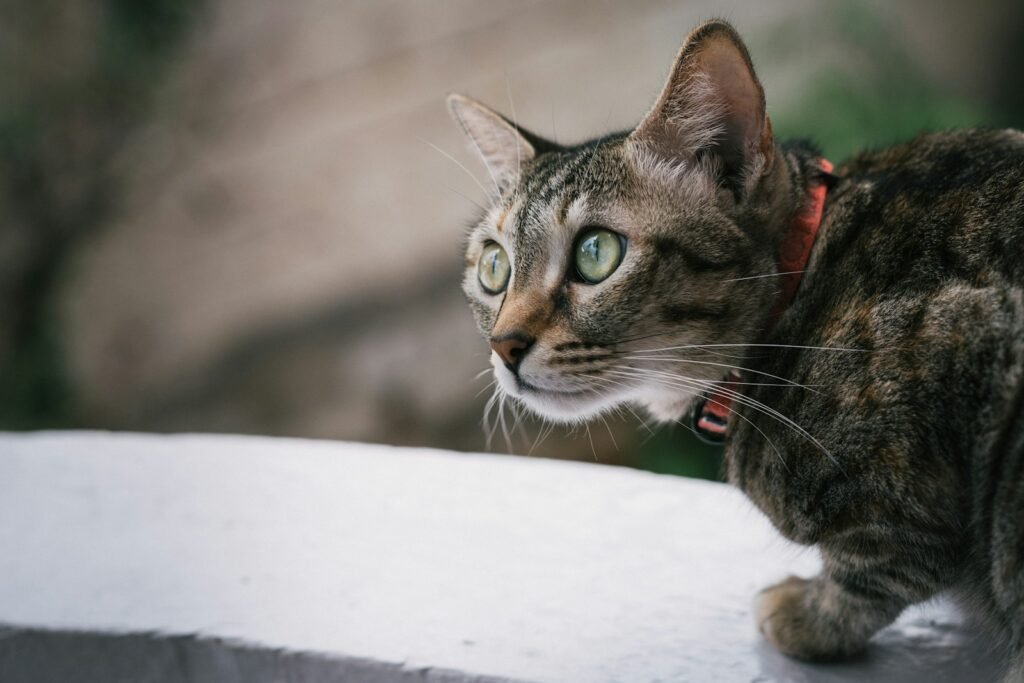
A cat’s ears are remarkably expressive. Forward-facing ears generally signify curiosity and playfulness, while flattened ears might indicate fear, irritation, or aggression. Monitoring ear position alongside other body cues allows for a more comprehensive understanding of a cat’s feelings.
The Language of the Eyes
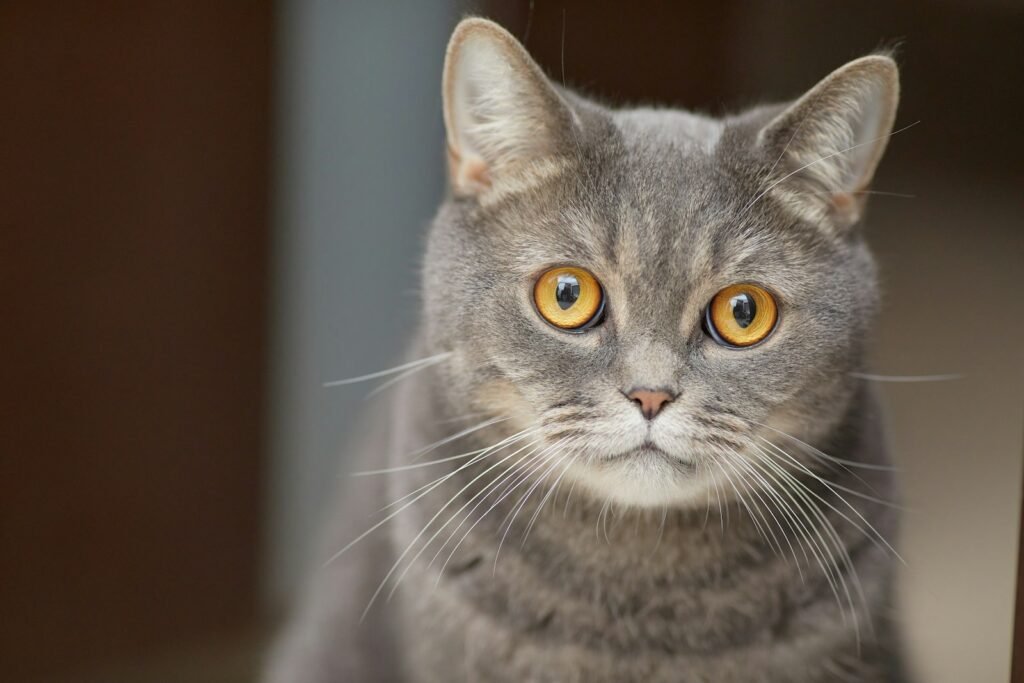
Eye movements and pupil size play a key role in feline communication. Slow blinking—often referred to as a “kitty kiss”—is a sign of trust and affection. Conversely, dilated pupils can indicate excitement or fear. It’s essential to interpret these signals in context, as lighting conditions and other factors can also influence pupil size.
Expressive Whiskers
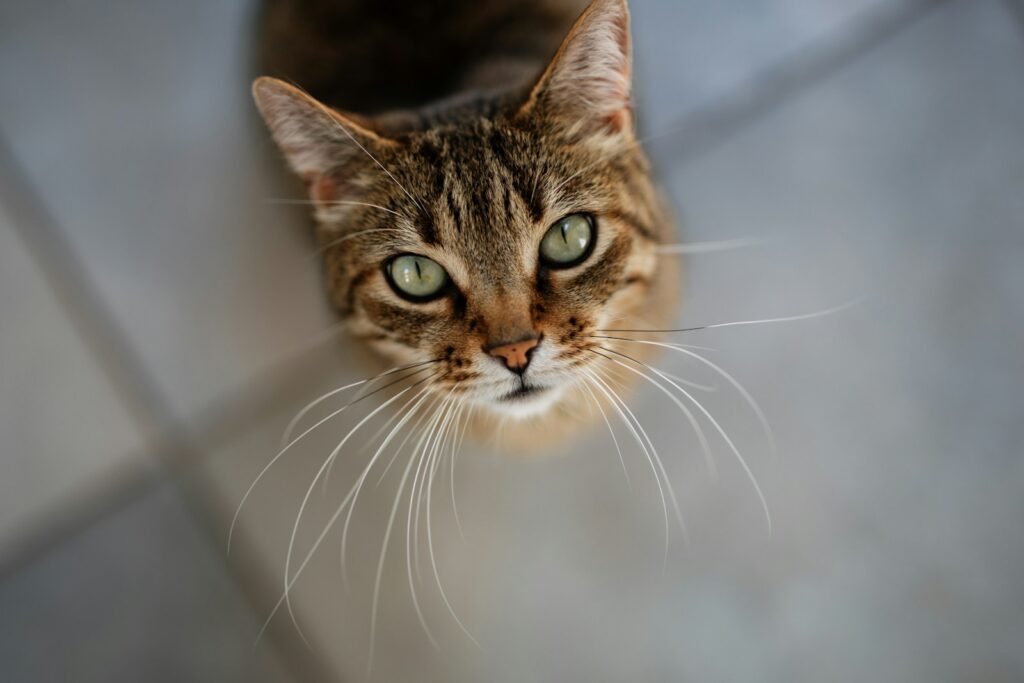
Whiskers offer another avenue for silent communication. Cats use them to gauge their environment and react to stimuli. Whiskers pushed forward usually demonstrate interest and alertness, whereas whiskers flattened against the face can suggest a defensive or fearful stance.
Head and Facial Gestures
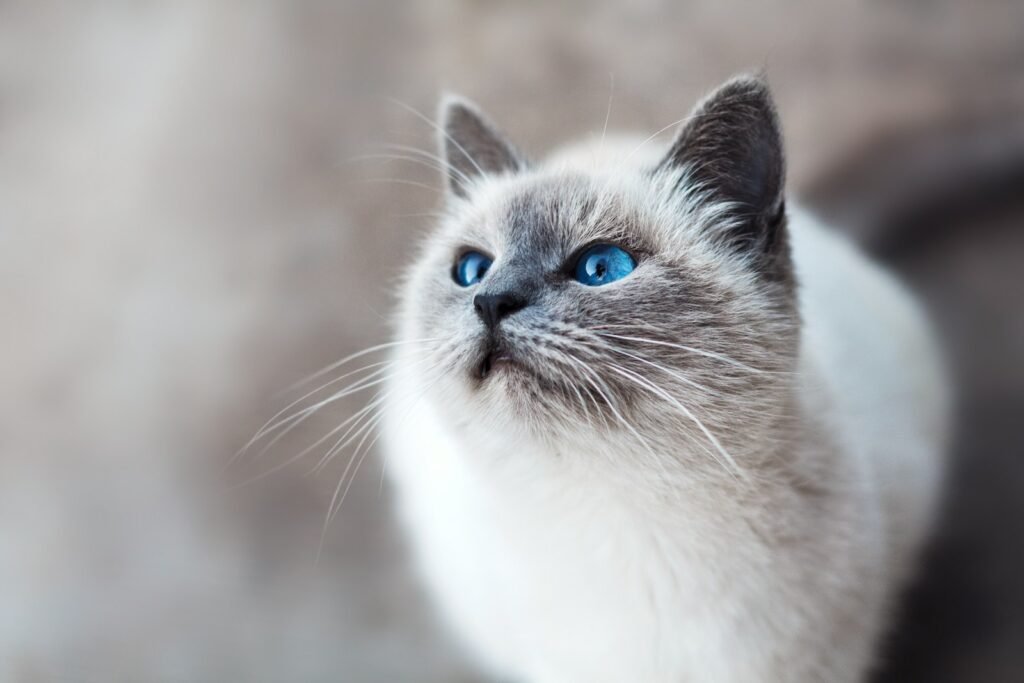
Cats use various facial gestures to signal their emotions. A nuzzle or cheek rub is often a friendly gesture, marking an individual or object with their scent as a sign of affection and territorial comfort. Meanwhile, an open mouth with teeth showing can be a sign of aggression or stress.
The Role of Touch in Communication
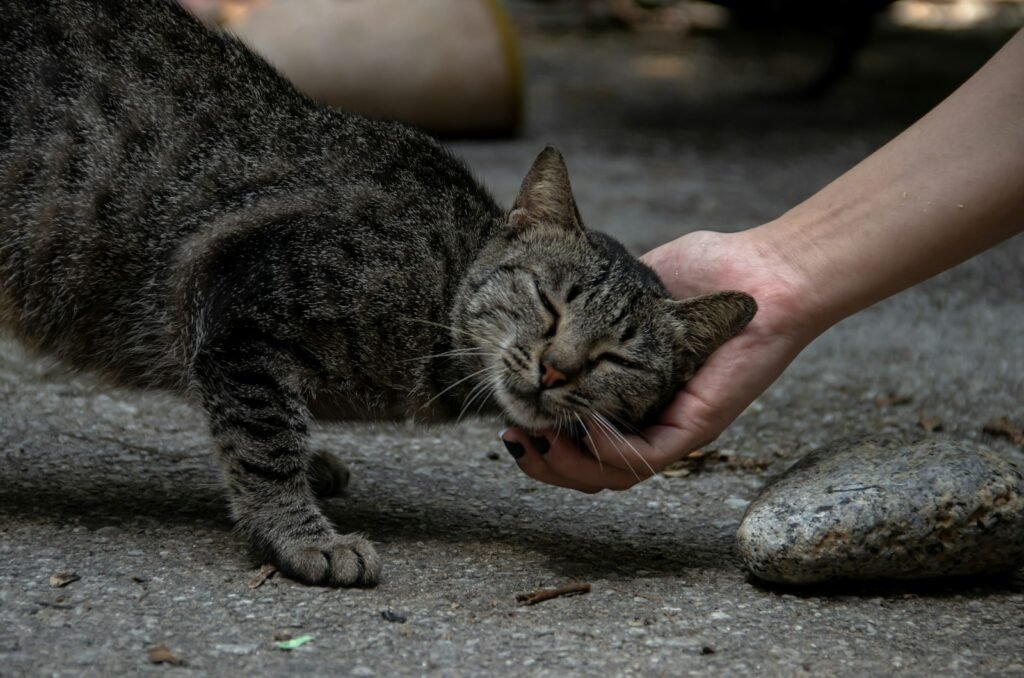
Cats communicate through touch in a variety of ways. Kneading, or “making biscuits,” is a comforting behavior that dates back to kittenhood. Head butts and gentle paw taps can be requests for attention or affection. Understanding these tactile signals can help nurture the human-feline relationship.
Silent Vocalizations: The Purr

Purring is one of the most recognized forms of cat communication, though it often goes unheard as background noise. While typically associated with contentment, purring can also occur when a cat is frightened or in pain, serving as a self-soothing mechanism. Recognizing the context in which purring occurs is crucial for accurate interpretation.
Deciphering Mixed Signals
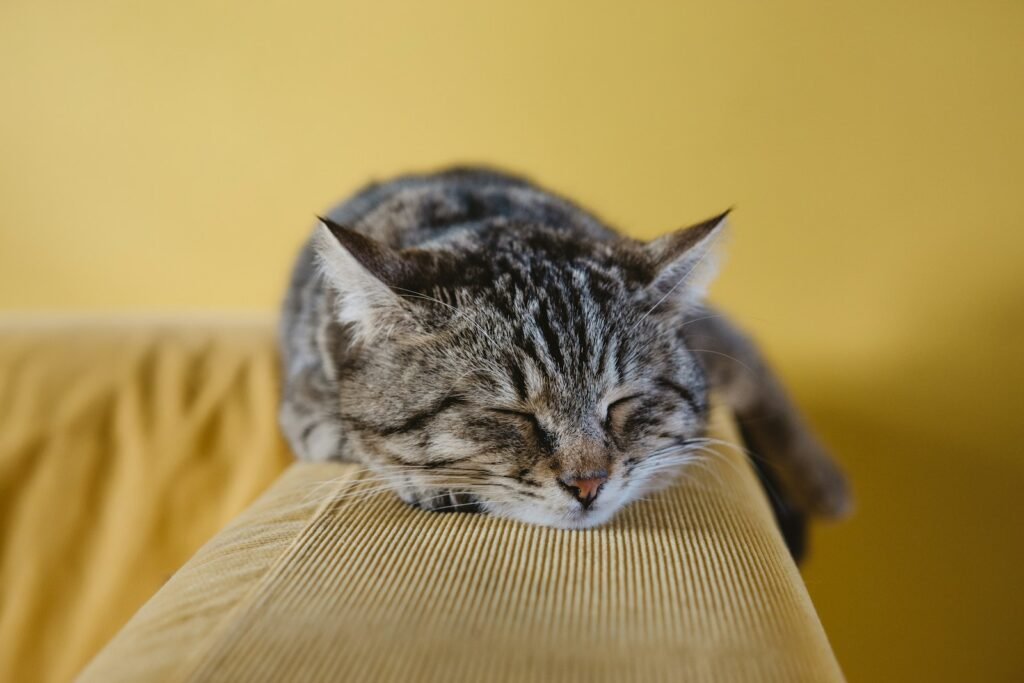
Cats may often send mixed signals, such as a cat that purrs while exhibiting defensive body language. It’s important to consider the overall body language and environment of the cat to understand what they might be communicating. Experience and attention to detail improve our ability to interpret these complex messages.
Conclusion: Enhancing Human-Cat Connection
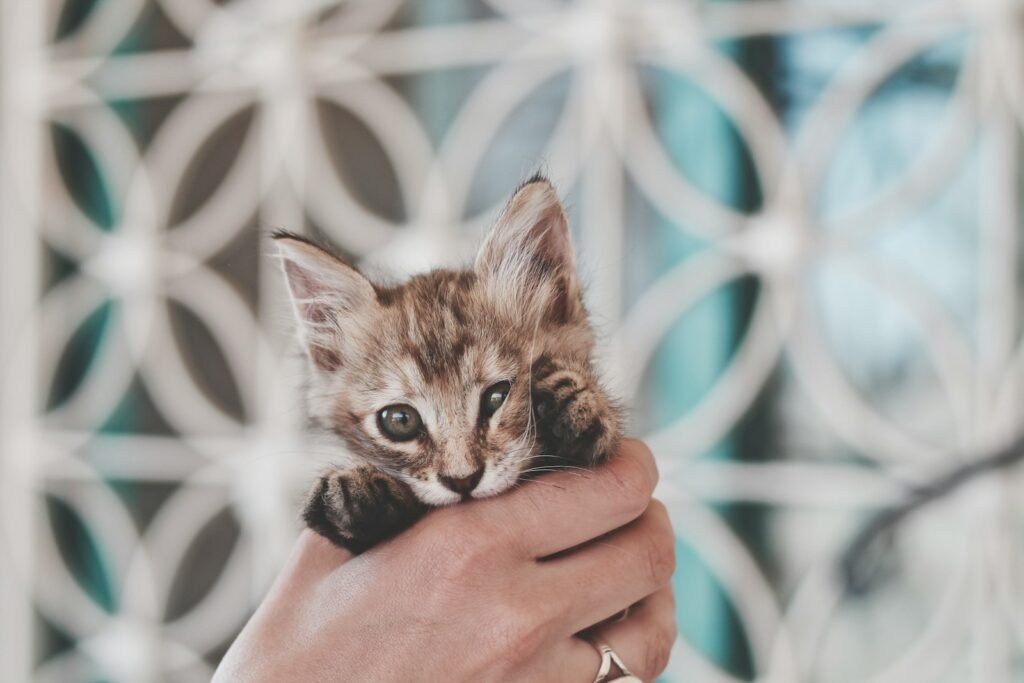
By paying attention to these silent signals, cat owners can better understand their feline friends and meet their needs more effectively. Building this understanding can lead to a more harmonious coexistence, deepening the bonds between humans and their invaluable, furry companions. With patience and observation, anyone can become fluent in the silent language of cats.

Growing up traveling and experiencing new cultures and wonders, I have had a passion for nature, adventuring, photography, and videography. I am currently working towards a BSc in Biodiversity and Ecology at Stellenbosch University, and I hope to specialise in Marine Sciences one day.
Please send any feedback to Feedback@animalsaroundtheglobe.com





